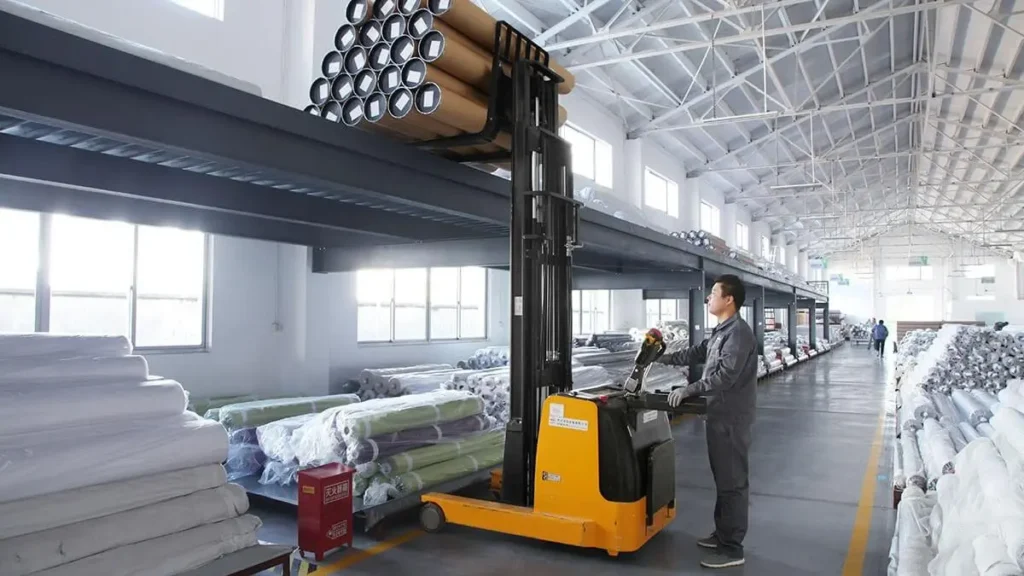The 2025 market for wholesale window shades is changing fast. You need a good plan to buy them. This means looking at new trends, smart buying methods, and features that save energy.
For 2025, focus on smart shades, sustainable materials, and efficient buying. Choose suppliers who offer advanced motorization, intelligent controls, and eco-friendly options to ensure long-term value and high client satisfaction.
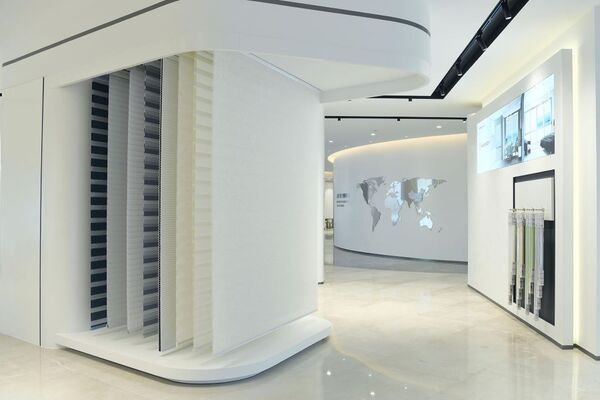
I know that staying ahead in the wholesale window shade market is key to my projects. The industry changes quickly. What was new last year is standard this year. I always look for ways to make smart choices. This guide helps me do that.
What are the key trends in 2025 wholesale window shades?
Are you wondering what is new and important in window shades for 2025? It is not just about blocking light anymore. The market is evolving.
The key trends in 2025 wholesale window shades include advanced motorization, seamless smart home integration, increased demand for sustainable materials, and a focus on both energy efficiency and minimalistic design, especially with cellular shade adoption rates.
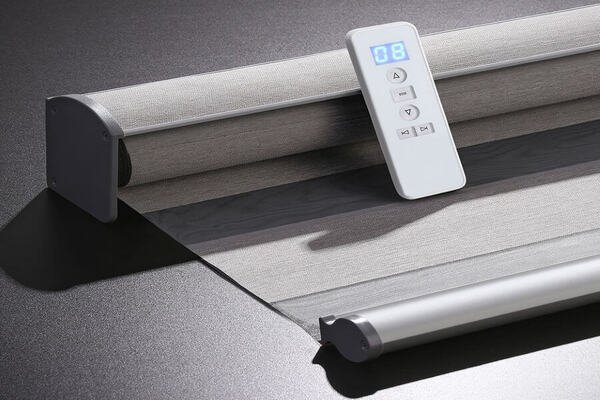
I have seen the window shade market shift dramatically. For 2025, several key trends directly impact my buying decisions. First, advanced motorization is no longer a luxury but a standard expectation. Clients want quiet, reliable motors that respond instantly. This trend includes battery-powered options that are easy to install without complex wiring. Second, smart home integration is huge. Shades need to work seamlessly with platforms like Google Home, Amazon Alexa, and Apple HomeKit. This means I look for manufacturers like Shadesmart that offer robust integration capabilities. Third, sustainability is a major driver. My clients increasingly ask for eco-friendly materials, such as recycled fabrics, bamboo, or shades made with low-VOC components. This helps projects meet green building standards. Fourth, energy efficiency is paramount. Shades that help insulate windows, reducing heating and cooling costs, are highly valued. Cellular shades, for example, are gaining popularity for their excellent insulating properties. Fifth, design is leaning towards minimalism. Clean lines, hidden hardware, and classic neutral colors are in style, allowing shades to blend seamlessly into sophisticated interiors. These trends help me choose products that are both functional and visually appealing for modern spaces.
| Key Trend | Description | Impact on Product Selection |
|---|---|---|
| Advanced Motorization | Quiet, reliable, often battery-powered motors for easy operation. | Prioritize convenience, aesthetics, and ease of installation. |
| Smart Home Integration | Compatibility with leading smart home platforms (Alexa, Google, HomeKit). | Essential for modern, connected living and commercial spaces. |
| Sustainability | Use of recycled, natural, or low-VOC materials. | Meets green building standards and eco-conscious client demands. |
| Energy Efficiency | Shades that insulate windows to reduce energy consumption (e.g., cellular shades). | Offers cost savings and enhances building performance. |
| Minimalistic Design | Clean lines, hidden hardware, neutral colors. | Appeals to modern aesthetics, blends into sophisticated interiors smoothly. |
How can B2B buyers optimize procurement strategies?
Are you struggling to get the best deals and the right products on time for your projects? Smart buying is more than just finding the lowest price.
B2B buyers can optimize procurement by creating clear specifications, diversifying suppliers (but maintaining key partnerships), focusing on total cost of ownership rather than just purchase price, and leveraging technology for order management and communication.
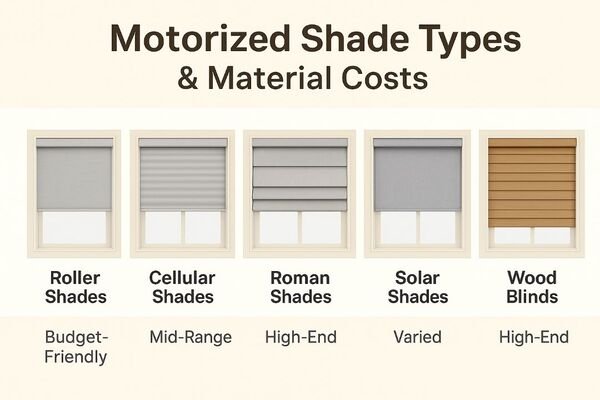
Optimizing procurement is a constant focus for me. I have found several ways to make our buying process better. First, I create very clear and detailed specifications for every product. This includes precise measurements, material requirements, control types, and any smart features needed. This stops misunderstandings and ensures I get exactly what the project requires. Second, I do not just look for the lowest price. I focus on the total cost of ownership. This includes product price, shipping fees, installation time, warranty, and potential maintenance costs. A slightly more expensive, but more durable, shade can save money down the road. Third, I build strong, long-term relationships with reliable suppliers like Shadesmart. This often leads to better pricing, priority service, and easier communication. While diversifying suppliers can be smart for some items, I find consistency with key partners beneficial for shades. Fourth, I leverage technology for order management. Using online portals or integrated systems for quotes, orders, and tracking makes the process more efficient and reduces errors. Finally, I always negotiate delivery timelines and terms. On-time delivery is crucial for staying on schedule for big projects.
| Strategy | Description | Procurement Benefit |
|---|---|---|
| Detailed Specifications | Providing precise requirements for every product feature. | Prevents errors, ensures product matches project needs. |
| Total Cost of Ownership (TCO) | Considering all costs: purchase, shipping, installation, maintenance, warranty. | Ensures long-term value, not just initial savings. |
| Strong Supplier Relationships | Building trust and partnership with reliable manufacturers. | Better pricing, priority service, reduced risk. |
| Technology Integration | Using online platforms for quotes, orders, and tracking. | Increases efficiency, reduces administrative burden. |
| Negotiated Deliveries | Confirming clear timelines and terms for product arrival. | Keeps projects on schedule, avoids costly delays. |
Which sustainable options offer the best ROI?
Are you looking for eco-friendly shades that also make good business sense? Being green does not have to mean higher costs or lower returns.
Sustainable options with the best ROI include cellular shades for energy efficiency, shades made from recycled or rapidly renewable materials (like bamboo), and durable products with long lifespans, reducing waste and replacement costs.
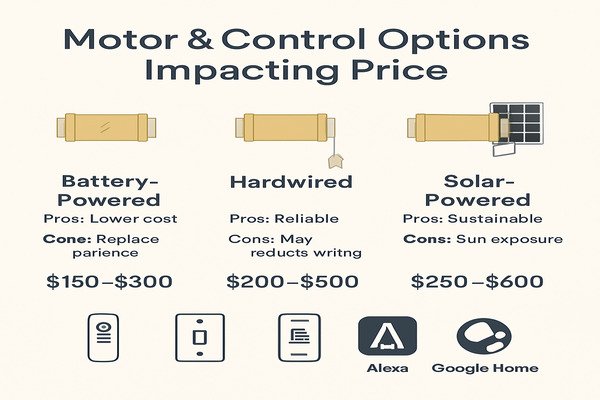
When it comes to sustainability, I am always looking for options that also provide a good return on investment (ROI). It is about being environmentally responsible, but also financially smart. First, cellular shades offer excellent energy efficiency. Their honeycomb design traps air, providing insulation that reduces heating and cooling costs. This directly translates into lower utility bills for my clients, offering a clear and tangible ROI over the product's lifespan. Second, shades made from recycled materials, such as polyester from plastic bottles, or rapidly renewable resources like bamboo, are excellent choices. These options reduce environmental impact during production. While the initial cost might sometimes be slightly higher, the appeal to eco-conscious buyers and the positive brand image can add significant value to a property. Third, durability itself is a sustainable feature. Investing in high-quality shades that last longer reduces the need for frequent replacements, minimizing waste and replacement costs. This is a subtle but powerful ROI. Finally, choosing manufacturers like Shadesmart who adhere to sustainable manufacturing practices, such as waste reduction and energy-efficient production, adds to the overall value. This allows me to confidently offer solutions that are both green and cost-effective.
| Sustainable Option | Description | ROI Benefit |
|---|---|---|
| Cellular Shades | Honeycomb design traps air, providing excellent insulation. | Reduces energy consumption (heating/cooling), lowers utility bills. |
| Recycled/Renewable Materials | Shades from recycled plastics, bamboo, or other rapidly renewable sources. | Appeals to eco-conscious clients, enhances property value and green certifications. |
| Product Durability | High-quality materials and construction for extended lifespan. | Reduces replacement frequency, minimizes waste and long-term costs. |
| Sustainable Manufacturing | Partnering with manufacturers using eco-friendly production methods. | Strengthens brand image, aligns with corporate social responsibility goals. |
| Low-VOC Materials | Shades made with low volatile organic compound materials. | Improves indoor air quality, beneficial for health-focused projects. |
What smart features are essential for modern projects?
Are you wondering which high-tech features are actually useful in today's window shades? It is about more than just having an app.
Essential smart features for modern projects include quiet motorization, seamless integration with major smart home platforms, programmable scheduling for energy efficiency, and remote control capabilities through apps or voice commands.
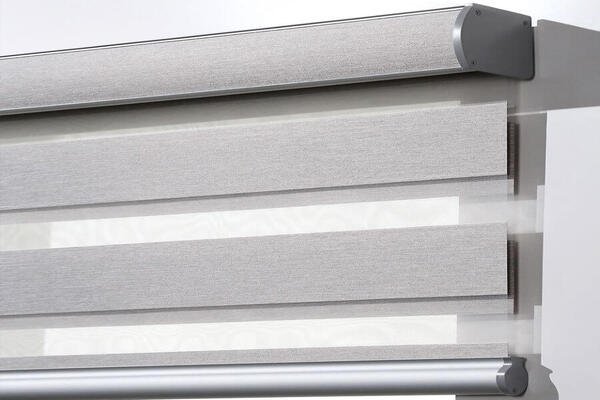
In modern projects, smart features in window shades are no longer optional. They are expected. I look for specific elements that add real value. First, quiet motorization is essential. Clients do not want noisy shades disrupting their peace. The motors must be smooth and nearly silent. Second, seamless integration with major smart home systems is critical. Shades need to connect easily with platforms like Google Assistant, Amazon Alexa, Apple HomeKit, and Z-Wave. This allows for centralized control and creates a truly smart environment. Shadesmart specializes in this kind of integration. Third, programmable scheduling is a must-have. This feature allows shades to open or close automatically based on time of day, sunrise/sunset, or even temperature. This improves energy efficiency by blocking sun on hot days or letting light in on cold mornings. Fourth, remote control capabilities through apps or voice commands offer ultimate convenience. Users can adjust shades from anywhere, inside or outside the building. This is great for accessibility and security. Fifth, sun tracking is an advanced feature. Some systems can automatically adjust shades throughout the day to block direct sunlight while maximizing natural light. These smart features not only make life easier and more comfortable but also contribute to energy savings and overall building intelligence.
| Smart Feature | Description | Project Value Added |
|---|---|---|
| Quiet Motorization | Near-silent operation for shade movement. | Enhances comfort, prevents noise disruption in quiet spaces. |
| Seamless Integration | Compatibility with leading smart home platforms (Alexa, Google, HomeKit, Z-Wave). | Centralized control, intelligent automation, modern appeal. |
| Programmable Scheduling | Automated opening/closing based on time, light, or temperature. | Improves energy efficiency, enhances security, optimizes natural light. |
| Remote Control | Operation via mobile app or voice commands from anywhere. | Offers ultimate convenience, accessibility, and control. |
| Sun Tracking/Sensors | Automatic adjustment based on sun position or light intensity. | Maximizes natural light diffusion, reduces glare, further boosts energy efficiency. |
Conclusion
The 2025 wholesale window shade market requires smart buying. Focus on key trends like advanced smart features and sustainable options for the best ROI. Optimize procurement through clear specifications and strong supplier relationships to ensure your projects are both modern and efficient.
